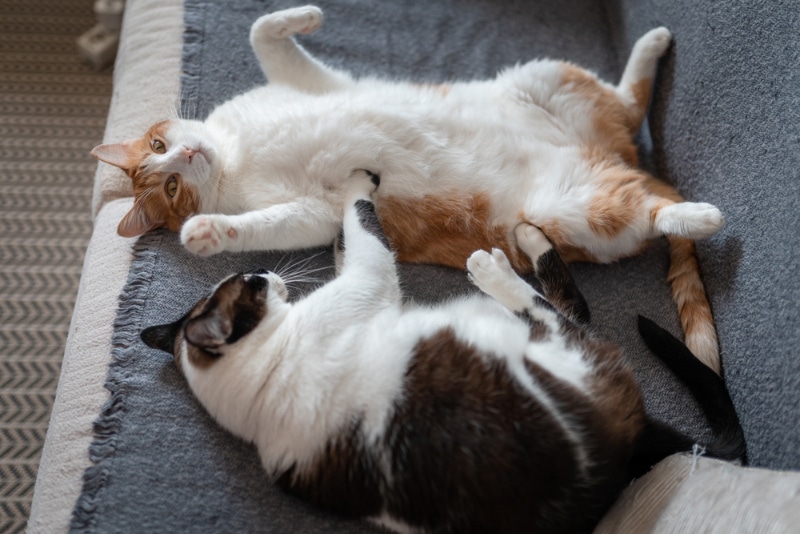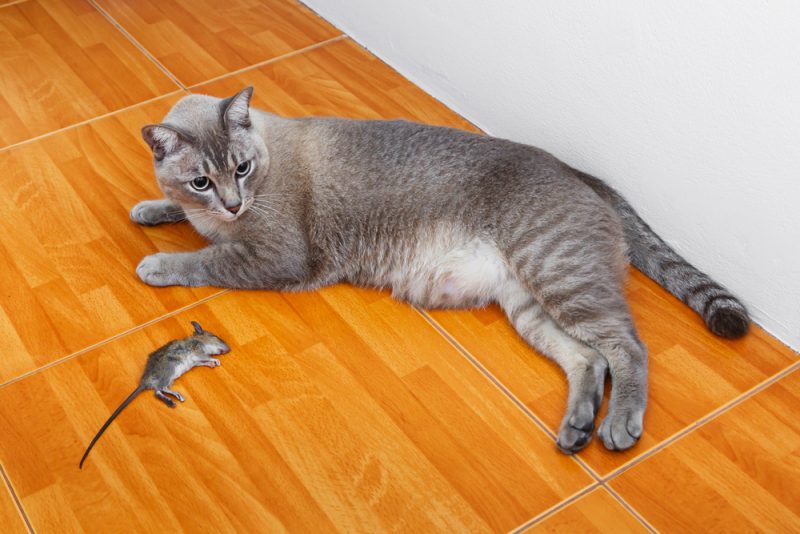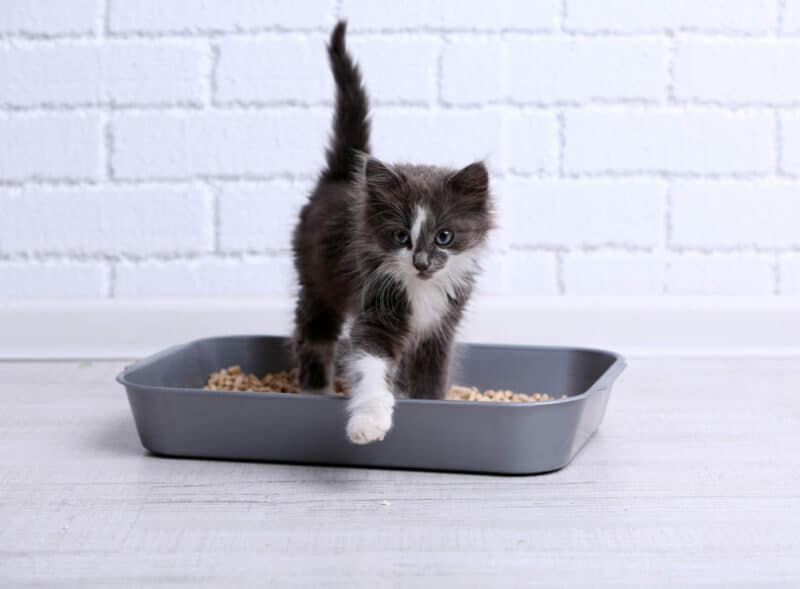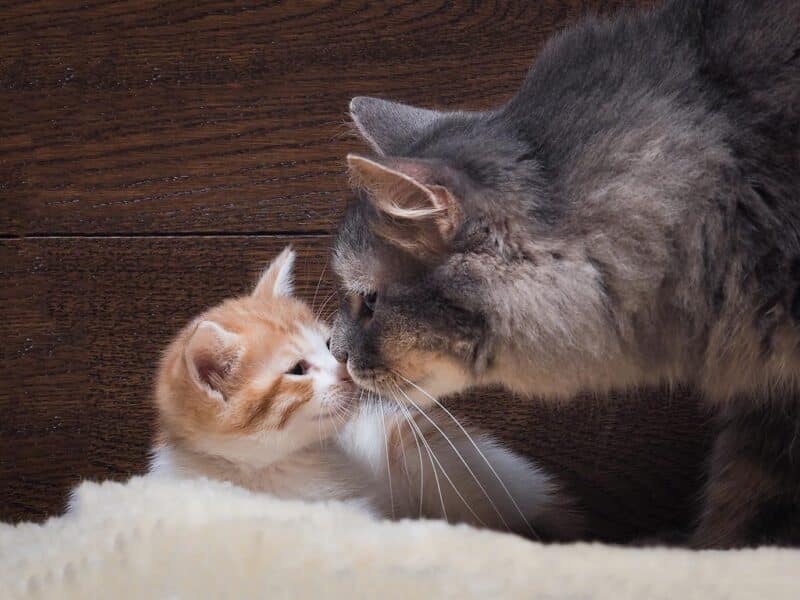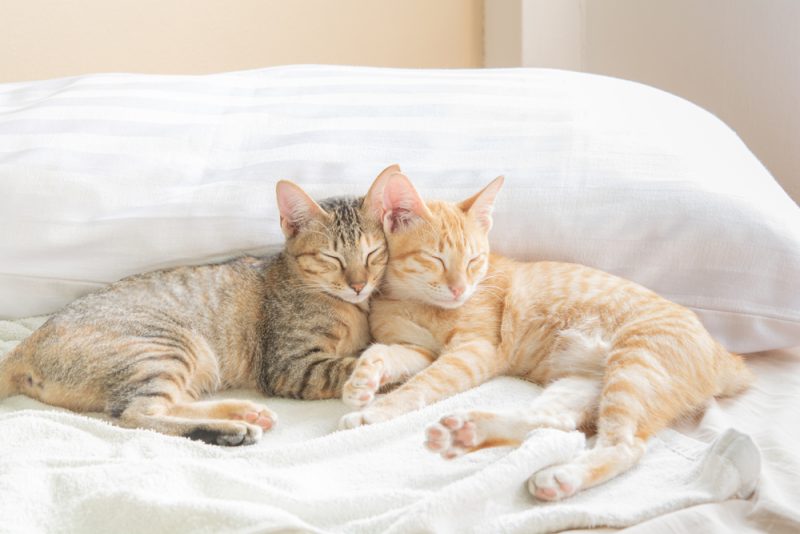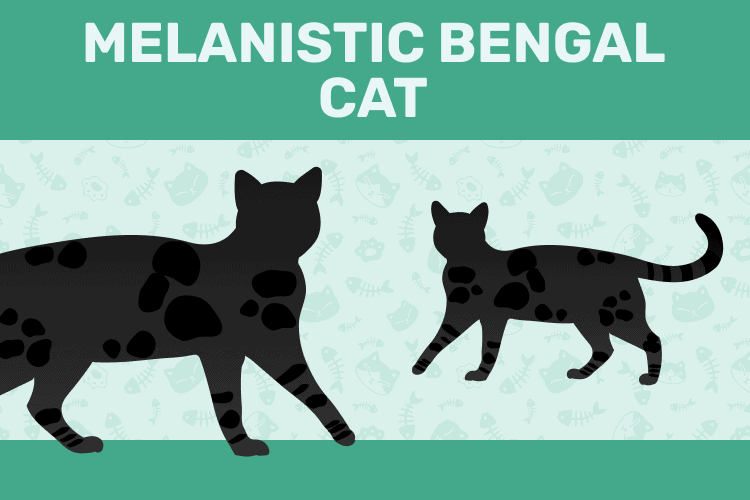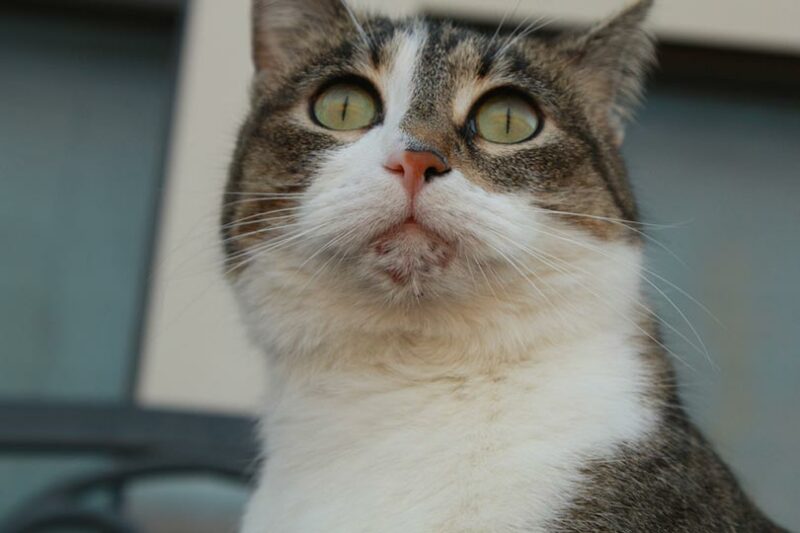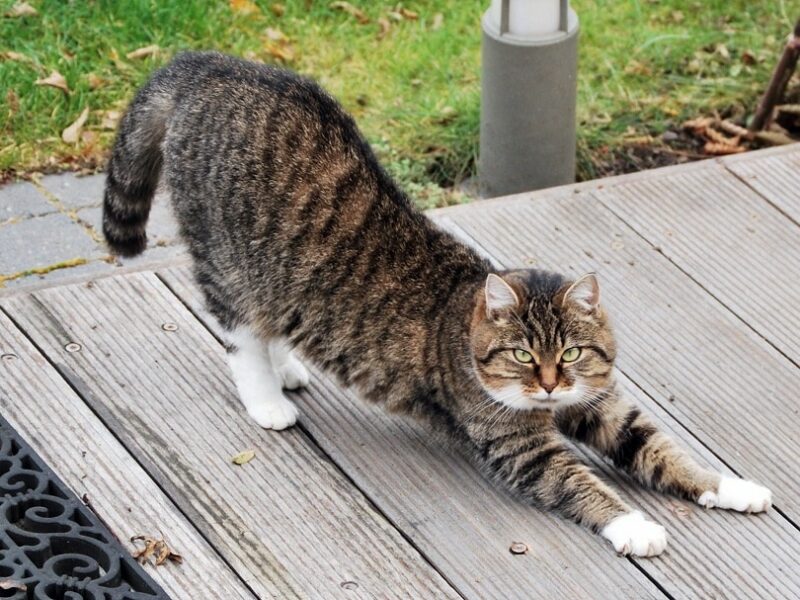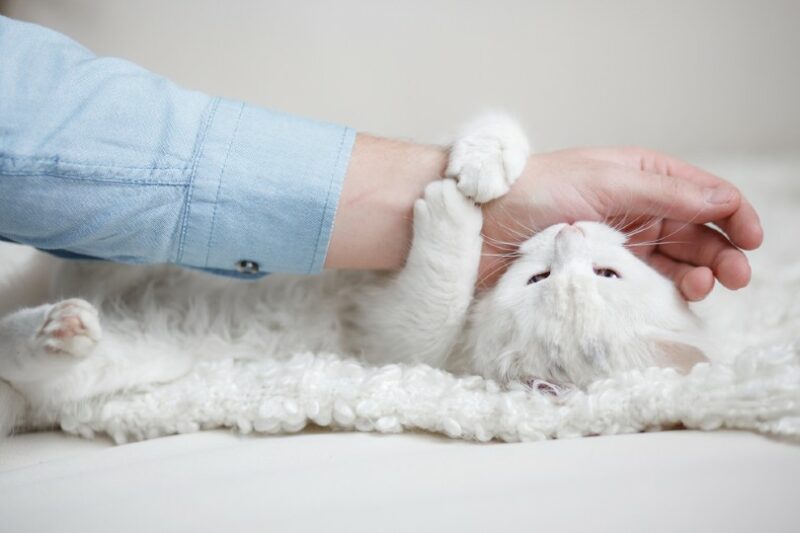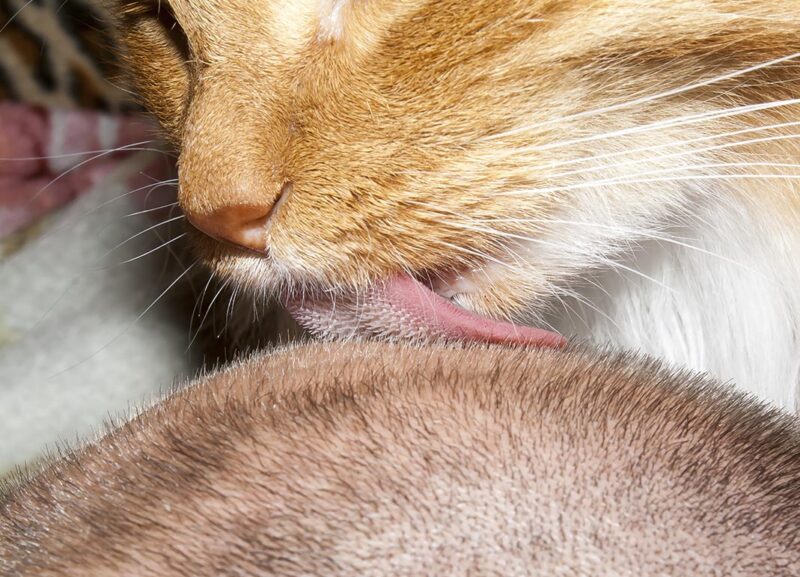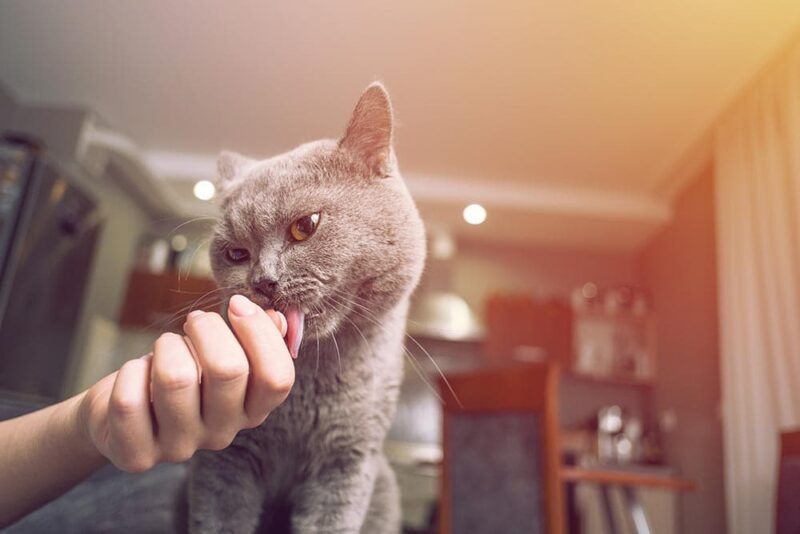Jackson Galaxy built a career via the TV show My Cat From Hell by visiting homes and solving behavior problems between humans and cats. He augments that alongside interior design expert Kate Benjamin through a concept known as Catification, the title of the duo’s first book on the subject. Whereas My Cat From Hell advice often involves human behavior modification — learning why your cat does certain things and reacting differently — Catification involves home modification, namely, building environments that benefit cats’ mental and physical health.
The second book in the Catification series is called Catify to Satisfy. Whereas the first volume was a primer on cat behavior and a wide array of projects that improve cats’ lives, the second narrows its focus. It includes basics on cat instinct and behavior, then focuses on real-life examples of concepts taken from Catification, with emphasis on four areas: “base camp,” scratching, litter boxes, and vertical spaces.
We spoke with Galaxy about Catify to Satisfy, asking what humans can get from the book and how they should approach catifying the space they share with felines.


Your cat’s “base camp”
“Base camp is a defined area of your home that is the heart of a cat’s territory,” Galaxy and Benjamin write. “It’s a place of instruction and acclimation as well as a place of safety.” For many cats, base camp might be in the master bedroom. We asked Galaxy to say a few words about this concept, and to which cats it applies.
“I want everybody to establish base camp,” he said. “When we talk about cat mojo, we’re talking about confident ownership of space.”
Base camp is the starting point for catifiying. It’s also the place a cat goes – and will feel safest – in an emergency. Galaxy speaks of setting up “signposts” for your cat, things such as scratching posts and “scent soakers” – items made of soft material that will retain a cat’s smell. He can leave his mark (and his scent) on these items, which helps home feel at home and also establish a living interaction with the area. From this primary cat territory, Galaxy said, you can begin to plant signposts around the house, and thus “marinate the base camp.”
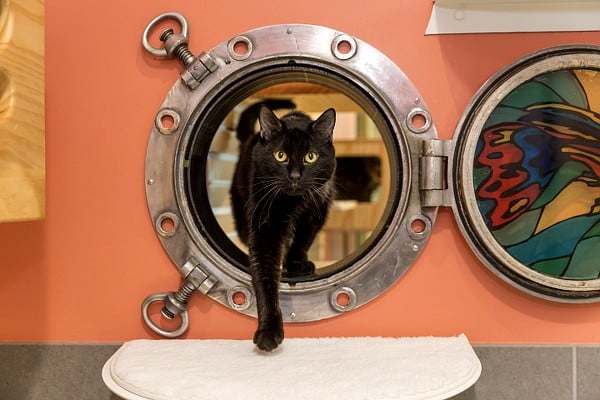
The concept of “raw cat”
“Raw cat” is essentially a cat’s instinct and intuition – cats are equal parts predator and prey, so they constantly pay attention to what they might eat but also what might eat them. This is constantly at work.
“Every domestic cat carries an ancestral twin,” Galaxy and Benjamin write.
He said many readers and viewers have validated the idea “that the thread attaching your cat to his ancestors is made of wire – it’s made of guitar string – it’s so strong.”
This should be no surprise, he said, considering cats took “a little over 100 years go to from wild animal to pet.” Raw cat plays into every interaction and consideration surrounding your cat.
“I need to appease his ancestors as well as him,” Galaxy said.
He described a moment when this occurred to him: It was seeing an image of lions lounging around a tree embedded with their claw marks.
“That’s mojo right there,” Galaxy said. “That’s the orginal base camp. The tree is the original signpost.”
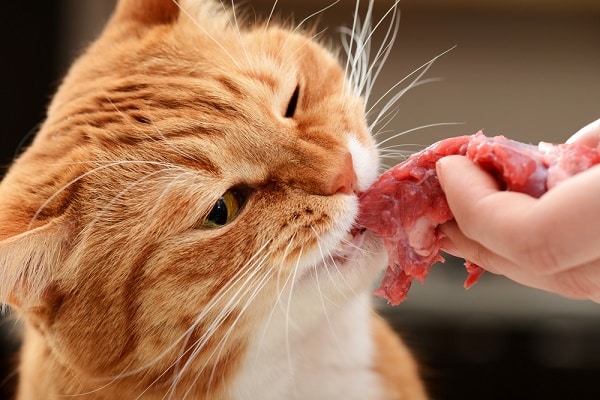
One fabulous catio project
Catify to Satisfy documents four big projects by people and groups from around the U.S. One belongs to Diane Irvine Armitage of San Juan Capistrano, California. Armitage is an artist, and her feline-inspired work punctuates an impressive set of catios and connectors in her house and yard.
“Kate and I highlighted people who put everything on the line,” Galaxy said; Armitage’s example certainly illustrates that.
Her “kitty wonderland,” accessible via cat door, includes a covered catio, an open catio, and a tunnel. It is rendered in bold colors including apple-green, violet, and powder blue. It includes cat trees, built-in perches, cat beds, and multiple hiding spots for her tuxie and her black cat.
We asked Galaxy what he would say to people who look at a project like this and give up, saying, “I could never be that thorough.” His reply was surprisingly clear.
“There is no reason and no excuse not to provide,” he said. “We make sure everyone understands you can go as far as you want to, but there’s a start line. As long as you make the start line, you can define the finish.”
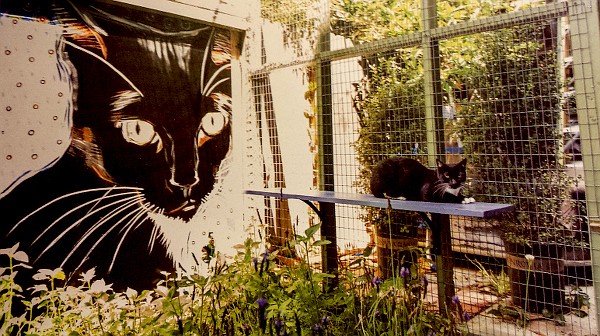

Smaller DIY projects
Galaxy stressed that people need not outdo projects they’ve seen. To that end, Catify to Satisfy includes multiple smaller DIY catifications.
One that surprised us is cat-scratchers built into walls via wainscoting – it’s a simple and remarkably attractive idea.
“See?” Galaxy offered. “You would never know this is for cats. Yet you have really upped the quality of their lives. It’s not all sacrifice.”
On the contrary, he said: “You see your cat using something, you see in a quantifiable way that the cat’s life is better, and it brings a great measure of satisfaction.”
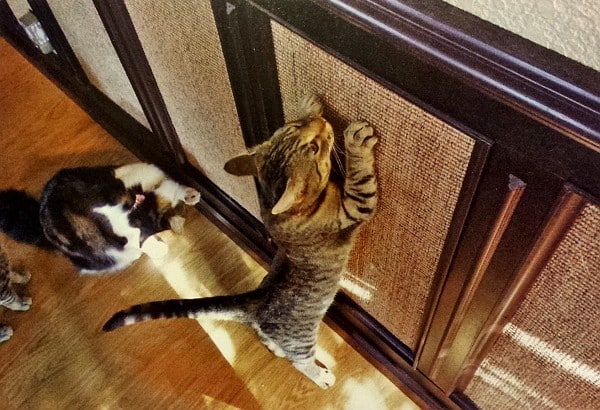
Litter boxes and human fear
Galaxy opens the chapter on litter box placement and use by describing a consultation in a house whose main living area had “one of the largest windows I’ve ever seen” — and the entire length of the drapes held stains from cat pee. The cats had peed a barrier between themselves and the territorial threat outside the window. We expected a happy ending – in which Galaxy suggests a solution, the homeowner tries it, and harmony is restored.
Instead, litter box resentment held firm. Galaxy suggested moving litter boxes in front of the window. The woman refused. Galaxy left. End of story.
The woman’s reason? Fear of what others would say or think upon visiting the house.
“I can’t even count how many times I’ve been refused like that,” he said. “You have to get over the litter box as the enemy.'”
Fearing other people’s judgment “speaks to the heart of the aversion to catifying,” Galaxy said. “These are the concessions you make when you consider the beautiful results of having a relationship with a cat.”
People who have dogs pick up dog poop, he said, but some of the same people refuse to put a litter box in a place they consider embarrassing.
“Hey, man, there’s a price of admission,” he said. “It’s an exclusive club – and it has litter in it.”
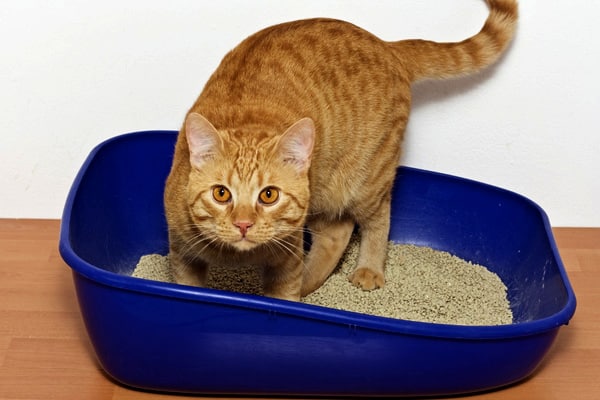
The “Cat Superhighway”
Many cats need vertical space. We read with curiosity the chapter that explains the reasons and shows various ways people provide kitty watchtowers.
We asked whether Galaxy would recommend exploring vertical space for a “beach dweller” – the cat who remains low as Galaxy and Benjamin would call it.
“There are always benefits to trying something,” he said, “but never benefits to putting a round cat in square hole.”
Still, many cats need vertical spaces – a bird’s eye view of strange motions and strange smells. This is especially true when a new member of the household, such as a baby, shows up.
“Consider life at ankle-level,” Galaxy said. “You’re constantly shuckin’ and jivin’ just to get away from the foot traffic.”
That said, “If you’re very confident and trusting of your territory, you can hang there and be Mojito Cat – one who welcomes visitors with curiosity and charm,” he said. “Cats may be made of the same material, but they are all individuals.”
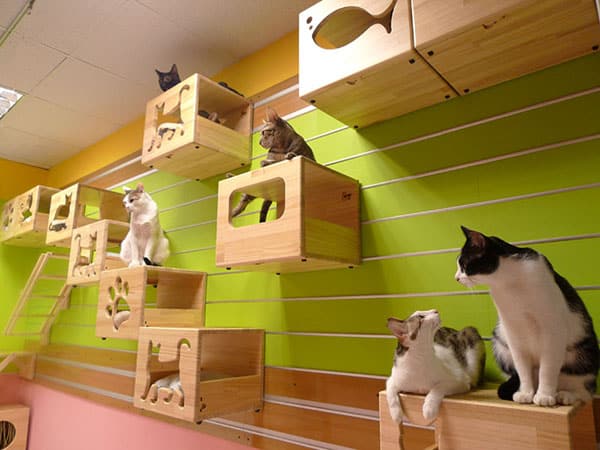
Catification series to continue?
Catify to Satisfy contains a lot of projects, photos, and ideas from readers and viewers, and the book further explores concepts presented in Catification. We asked whether he and Benjamin are still collecting material with more books in mind, he said the series will take a rest.
“But that doesn’t mean we’re going to stop,” he said. “We have a lot of plans using our friend the Internet.”
One objective of Catification was to establish connections between people, and that has been met.
“Our goal was to create or at least cultivate a community,” he said, and now that a portal has been established, he foresees continuing that through different means.



